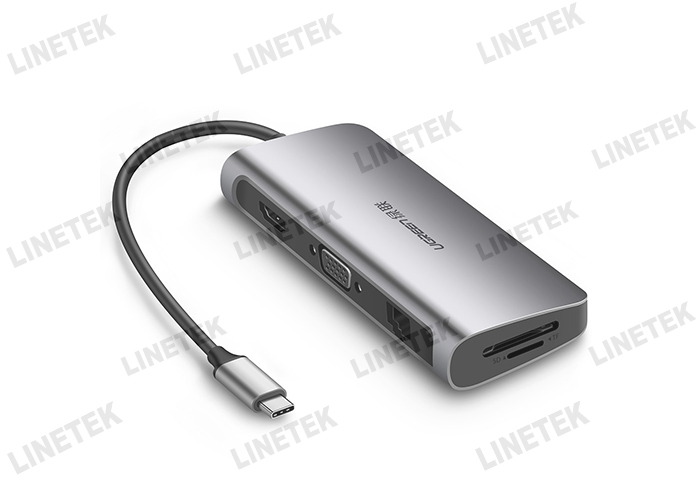
There’s little doubt that USB-IF wants to ratchet up the data transfer speeds, especially with 4K video on the horizon. USB-IF believes the current speed of USB 3.1 is enough, but has also simulated speeds of 20Gbps over copper wire, putting it in the same league as Thunderbolt 2. Apple is also selling a $79 USB-C Digital AV Multiport Adapter so the new MacBook can simultaneously connect to a 1080p HDMI display, USB 3.0 device and a USB-C charging cable. Apple is selling a USB Type C to USB converter for $19, an extension cable for $29, and if needed, a USB-C power adapter for $49. If the USB 3.1 port is going to be used for charging, users will have to invest in extension cables, hubs or converters to open up the MacBook to external peripherals. The AV Digital Adapter has a passthrough USB-C port for charging, plus USB type A and HDMI. But there would be a speed compromise, as Thunderbolt 2 delivers speeds up to 20Gbps.

At the recent Mobile World Congress, USB Implementers Forum (USB-IF) officials said that it is possible to carry the Thunderbolt protocol on USB 3.1 copper and optical wires, and Intel hasn’t dismissed that idea either. LaCie just announced a USB 3.0 drive with a USB-C connector to fit the new MacBooks, but it won’t have USB 3.1 throughput speeds.Ī few years ago, Apple turned to Thunderbolt as its main high-speed connector in Macs, but the arrival of the USB 3.1 port doesn’t mean that protocol will disappear. The lack of peripherals is a problem also faced by Thunderbolt, a faster but more expensive connector technology used in other Macs. For one, don’t expect USB 3.1 flash drives to go on sale in the next couple of years. In tests, USB 3.1 connections aren’t reaching the full throughput of 10Gbps, but speeds will get faster as the controllers and chipsets are refined. USB 3.1 chipsets are still being developed and tested, and it could be months before peripherals start appearing.

You can plug older USB devices in, but you’ll need this $19 adapter. The MacBook comes with a USB Type-C charging cable, and the others will need to be bought separately.


There are other cables besides Type-C for the MacBook to connect to older USB and micro-USB ports. This means all devices running on USB 3.0 and USB 2.0 will be able to talk with the MacBook port. USB 3.1 (via a Type C connector) is the one and only IO port on the new MacBook.


 0 kommentar(er)
0 kommentar(er)
